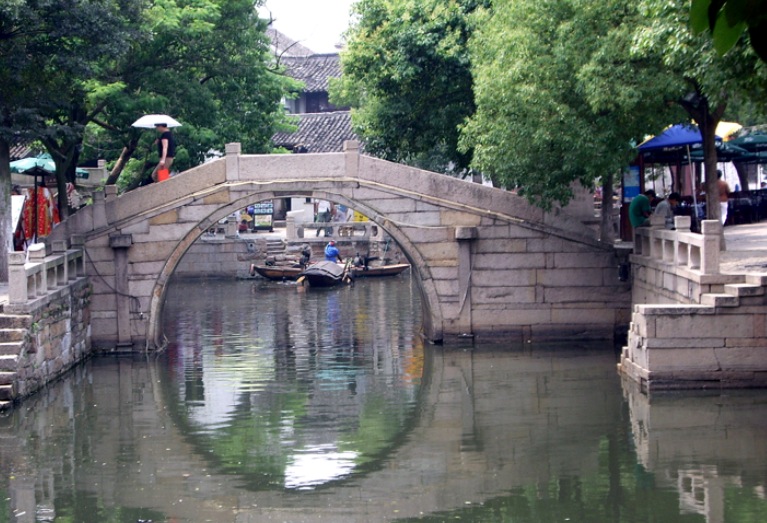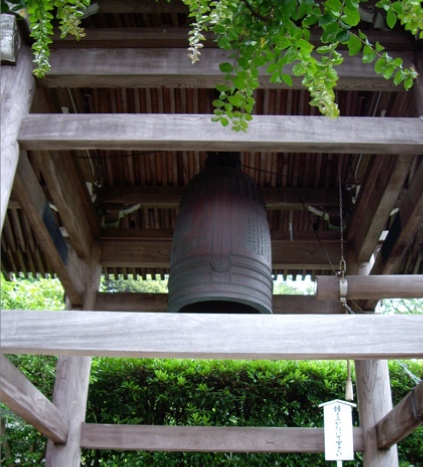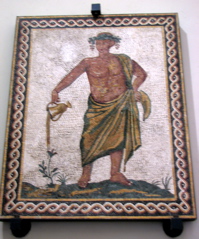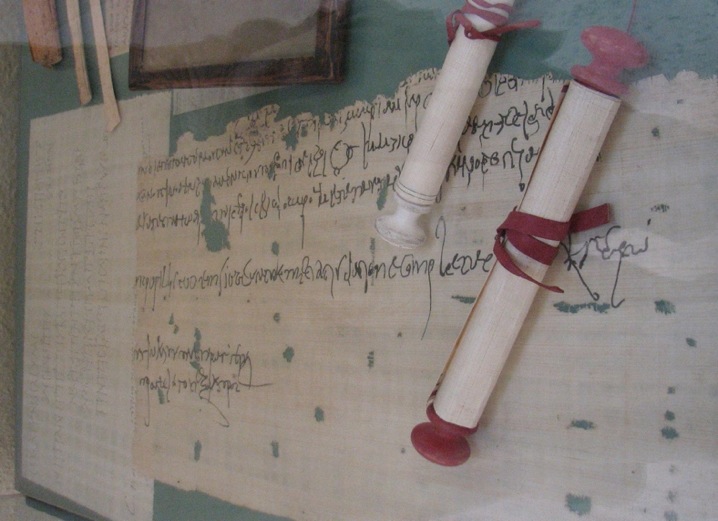"Around a thousand years ago,. . .there was phase of striking invention and technical improvement. . . "
Map of Asia in the 1600s.
"When Chinese junks (which had nailed rather than sewn hulls) visited Indian ports, they towered over local shipping and in 1328 were described as, 'like mountains with wings'."
Pacey, p. 15.
"It is clear that the export of Chinese silks was a stimulus to textile industries in the West, and that Chinese paper-making techniques spread as a result of contacts along trade routes. In the other direction, Iranian windmills became known in China, and eventually led to a different but related type of windmill there."
Pacey, p. 1.
- Innovation
- exchange as an impetus for invention ("inventive exchange" p. 8.)
- commercial development, ceramics, silk, paper.
- Trade links
- Chinese iron smelting
- Hubei, 1334: iron, wood, clay for bricks, teams of six or more workers, water wheels
- Shanxi
- base dispensing air-blast furnace technique
- Song dynasty army of 1,000,000 warriors
- Buddhist Temple Bells
- farm implements for heavy soiled rice paddies
- Spread of rice
- Hydraulic engineering
- China and the Grand Canal
- Iran and the Middle East, "well advanced long before the 11th century."
- Indian Ocean Trade
- Buddhist technology
- Asian perspective
Terms to know and use in essays:
- noria
- "technological dialogue"
- " inventive exchange"
- adaptation
- exaptation
- water wheels and wind mills
- paper and printing
- printmaking and movable type
- Wittfogel hypothesis, "the importance of large-scale water engineering . . . Wittfogel is known for analysis of what he called 'hydraulic societies'.
- effective or ineffective elements in transfer of tools:
- trade, the Silk road from China to Italy.
- war, Islamic armies brought paper to the west from China.
- faith, Buddhist books to copy the Sutras for recitation.
- skills,
iron making, canals, windmills, fine technology.
"Among those who have pointed to the importance of large-scale water engineering in this context, Karl Wittfogel is known for analysis of what he called 'hydraulic societies'. He stressed the very large labour force needed to construct dams and canals using hand-tools, and discussed how systems of 'corvée labour' evolved to carry out such work, with people conscripted for several weeks or months each year."
Arnold Pacey, TWC, p.18.
"Here there were governmental institutions, independent entrepreneurs and Buddhist monasteries all playing a part, notably in metalworking techniques and in the development of printing."
A corollary of this is that when institutions declined, or were disrupted by a conquering power, there was often a loss of technology."
A Roman mosaic, scroll, and aqueduct.
For example: "the collapse of the western Roman Empire in the fifth century, when engineering skills disappeared along with the institutions which had organized their use."
p. 19.








